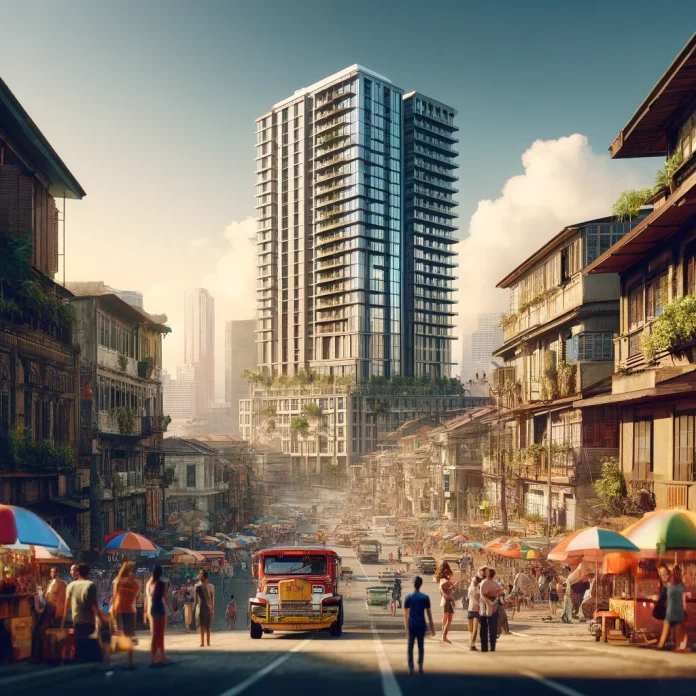In the bustling city of Manila, where the pulse of urban life beats with relentless energy, the residential landscape is undergoing a remarkable transformation. Amidst the dense tapestry of cultural heritage and modern aspirations, the trend of vertical living, particularly through the proliferation of condominiums, has become increasingly prominent. This evolution speaks volumes about the changing preferences and necessities of Manila’s residents, as they navigate the complexities of city living.
Urbanization and Its Impact
Manila, a city known for its historical significance and as a hub of economic activity, has seen rapid urbanization in recent decades. This urban sprawl has led to various challenges, including traffic congestion, pollution, and a significant strain on infrastructure. In response, real estate developers and city planners have turned their focus towards more sustainable and space-efficient living solutions. The rise of condominiums is a direct response to these urban challenges, offering a practical solution that meets the modern urbanite’s lifestyle needs.
The Rise of Condominium Living
The condominium market in Manila has witnessed a boom, driven by both local and international investors. These residential structures are not just mere living spaces; they are complete ecosystems designed to provide convenience, luxury, and accessibility. They cater to a range of demographics, from young professionals and small families to retirees looking for a comfortable and secure living environment.
One of the key factors contributing to the popularity of condominiums is their strategic location. Positioned near business districts, schools, malls, and healthcare facilities, these residences offer an unbeatable advantage of reduced travel times, which is a significant selling point in a city known for its traffic woes.
Features and Amenities
Modern condominiums in Manila are designed with a keen emphasis on amenities that promote a balanced lifestyle. From swimming pools, gyms, and function rooms to gardens and playgrounds, these features enhance the living experience by fostering a sense of community and providing recreational opportunities right at the residents’ doorstep.
Sustainability is also a major focus in the development of new residential buildings. Many new projects incorporate green technologies, such as efficient waste management systems, energy-saving fixtures, and water recycling processes, to minimize the ecological footprint of high-density living.
Economic Factors
The economic implications of investing in a condominium in Manila are significant. Property values in the city have steadily increased, making the purchase of a condominium not just a lifestyle choice but also a wise financial investment. The demand for rental properties remains high, providing condominium owners with potential rental income streams. Additionally, the Philippine government has implemented policies that encourage foreign investment in the real estate sector, further stimulating the market.
Conclusion
As Manila continues to grow and evolve, the shift towards condominium living highlights the city’s adaptability to the demands of modern urban life. These residences are more than just homes; they represent a lifestyle that is in tune with the needs and aspirations of its inhabitants. The development of condominiums in Manila not only addresses the practical aspects of urban living but also enriches the lives of its residents by offering them a blend of comfort, convenience, and community. For those considering a move to the city or looking to invest in its real estate, understanding these trends is essential for making informed decisions in the vibrant and ever-changing landscape of Manila.















